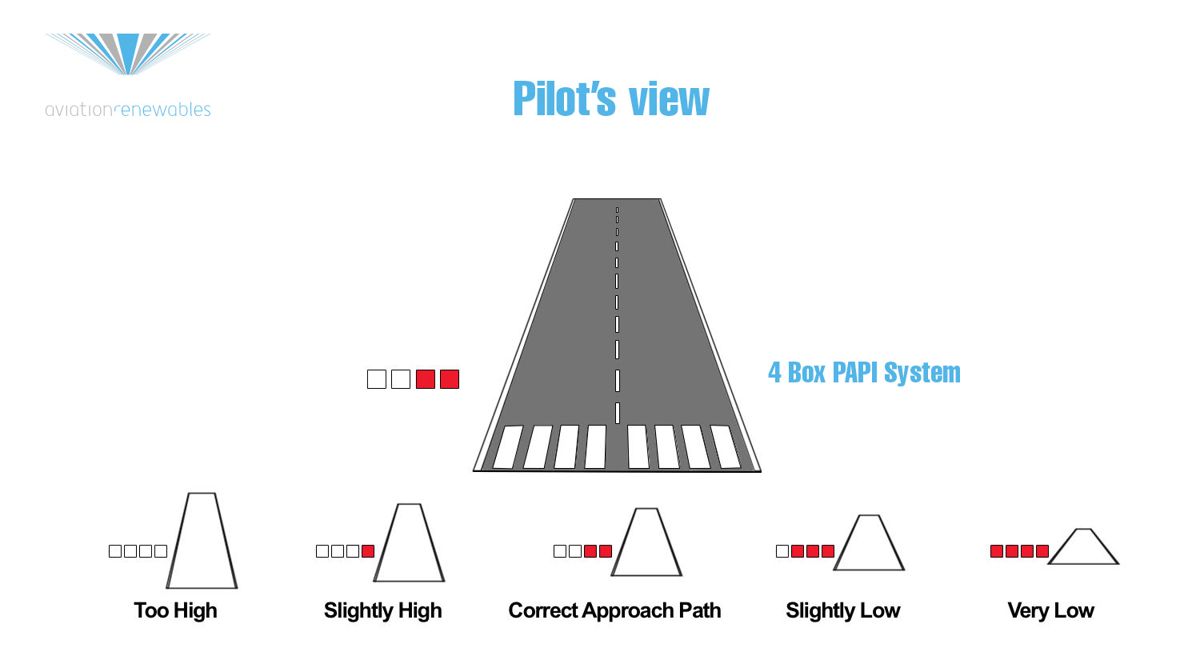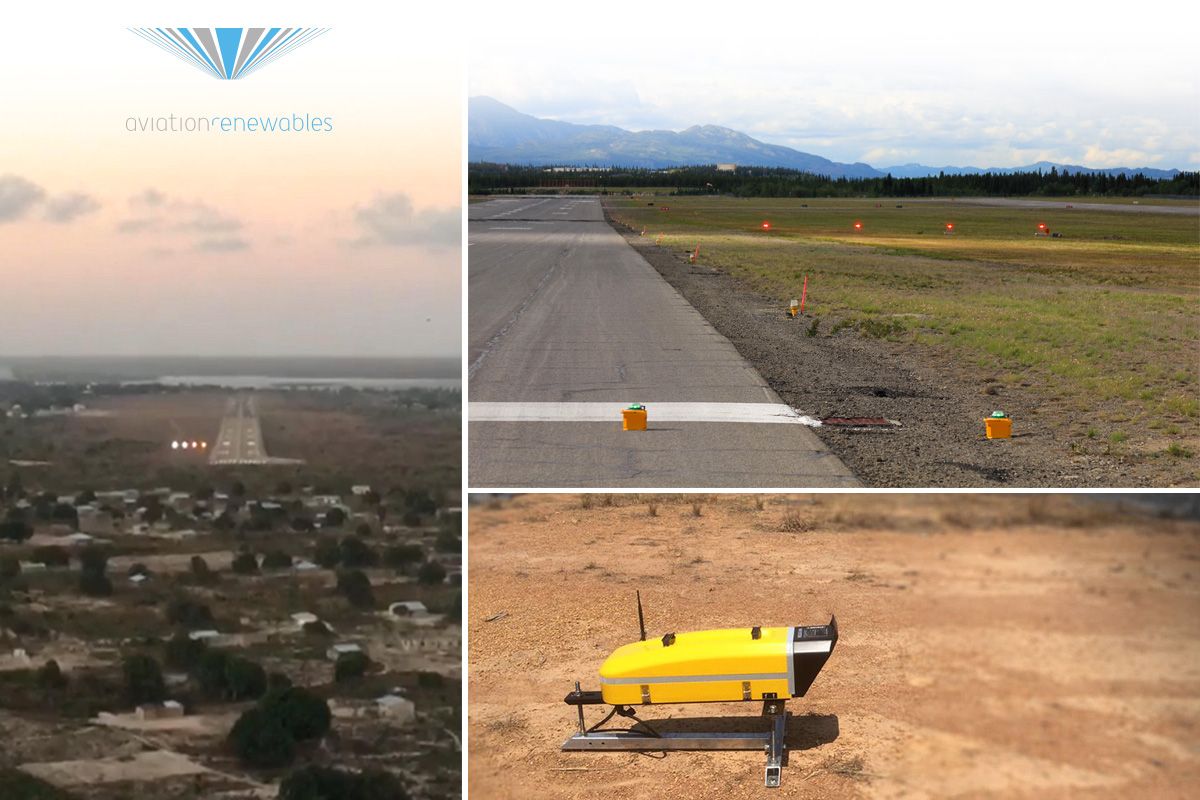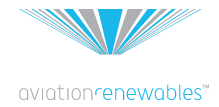SOLAR SERIES LED PAPI
SOLAR SERIES LED PAPI
LED PAPI. The advances in LED technology have enabled a new generation of ultra-efficient and reliable LED PAPI systems. The low power draw of the LEDs allow new methods of powering the PAPI, including solar power, battery, fuel cell and parallel AC connections. This enables airports to invest in the safety of a precision approach path indicator without the need for expensive and complex infrastructure to operate it.
How Does An LED PAPI Work?
The Solar Series LED PAPI Lights consist of a series of Light House Assemblies or LHAs positioned perpendicular to a runway. An LED PAPI uses four LHAs while the smaller APAPI uses only two. Each LHA emits a white light above a red light, so the four LHAs appear in combinations of white and red to indicate if a pilot is on, above or below the correct glideslope for their runway approach. In a 4-LHA PAPI, pilots viewing four red or four white lights are alerted to correct their positioning amongst a total of 5 lighting combinations whereas an APAPI will provide 3 positioning outputs. A combination of 2 white, 2 red indicates a safe approach for a four box PAPI whereas an APAPI provides a single white/red signal format. PAPI installations are generally used in conjunction with standard runway lighting for VFR, IFR and precision landings.

Benefits Of The Solar Series LED PAPI
With the lowest power draw of any LED PAPI, the Solar Series LED PAPI can be installed and operated with minimal cost or difficulty, allowing permanent or portable operations to operate virtually maintenance free with zero energy costs. In addition, the advanced energy-efficient LED optics allow smaller, more compact renewable solar power systems to power the PAPI up to 24 hours per day. If the system is required for on-demand use, it is easily activated by a radio control network via a hand held controller. The PAPI can also be programmed to operate from a remote control that controls solar runway lights, allowing a single remote to operate every light on the airfield. With a growing number of installations in every climate, worldwide, the Solar Series LED PAPI continues to be the preferred choice of the industry.

When Is A PAPI required?
Per ICAO, a visual approach slope indicator system shall be installed to facilitate the approach to a runway, whether or not it has other approach aids, visual or non-visual, when one or more of the following conditions exist:
- The runway is used by turbojets or other aircraft with similar requirements in terms of guidance for the approach.
- The pilot of any type of airplane may have difficulty in evaluating the approach for one of the following reasons:
- Insufficient visual orientation, for example, in a day approach on water or terrain devoid of visual reference points or during the night, due to the lack of non-aeronautical lights in the approach area.
- Equivocal visual information, for example due to the configuration of the adjacent terrain or the slope of the runway.
- The presence of objects in the approach area may constitute a serious hazard if an airplane descends below the normal approach trajectory, especially if there is no non-visual aid or other visual aids that warn of the existence of such objects.
- The physical characteristics of the terrain at each end of the runway constitute a serious hazard in the event that an airplane makes a landing that is too short or too long.
- The prevailing terrain conditions or weather conditions are such that the airplane may be subject to abnormal turbulence during the approach.
Any airport or landing area can benefit from an LED PAPI to increase the safety of the approach. The precision approach path indicator (PAPI) works equally well in permanent or temporary locations. Permanent mounting is easy with standard frangible mounting. Temporary deployment is fast with retractable legs and a lightweight, compact form factor.
LED PAPI Advanced Optics
The PAPI and the abbreviated PAPI (APAPI) use patented, LED-based optics to achieve the lowest power consumption, highest intensity, and sharpest white/red transition. They exceed ICAO, FAA, and STANAG requirements to provide a clear approach path to the aviator.
Power Supply Versatility
The low power consumption of the PAPI makes it mate well with several available power supplies:
- Solar kit
- Generator kit
- Battery kit
- AC only
Compliant
- FAA PAPI and 2-box PAPI (L-880 and L-881)
- ICAO PAPI and APAPI
- UFC and NATO STANAG
Aviation Renewables continues to lead the industry in efficient, low cost and reliable LED aviation lighting solutions. For more information, please visit website Aviation Renewables Offers Solar LED Airfield Lighting Solutions.

